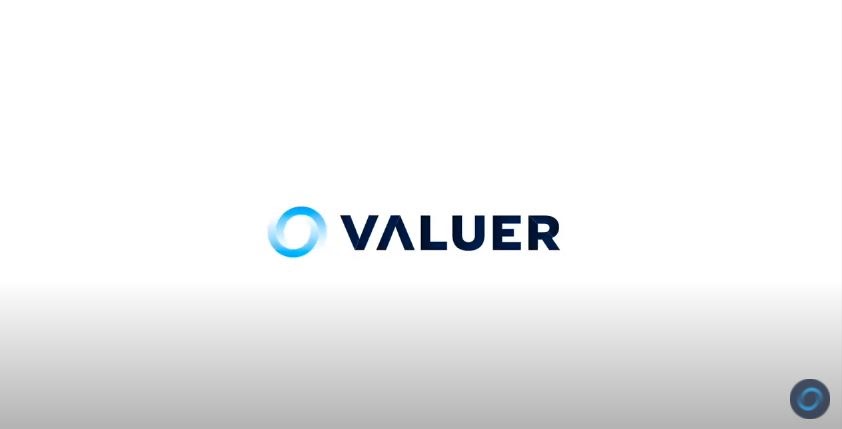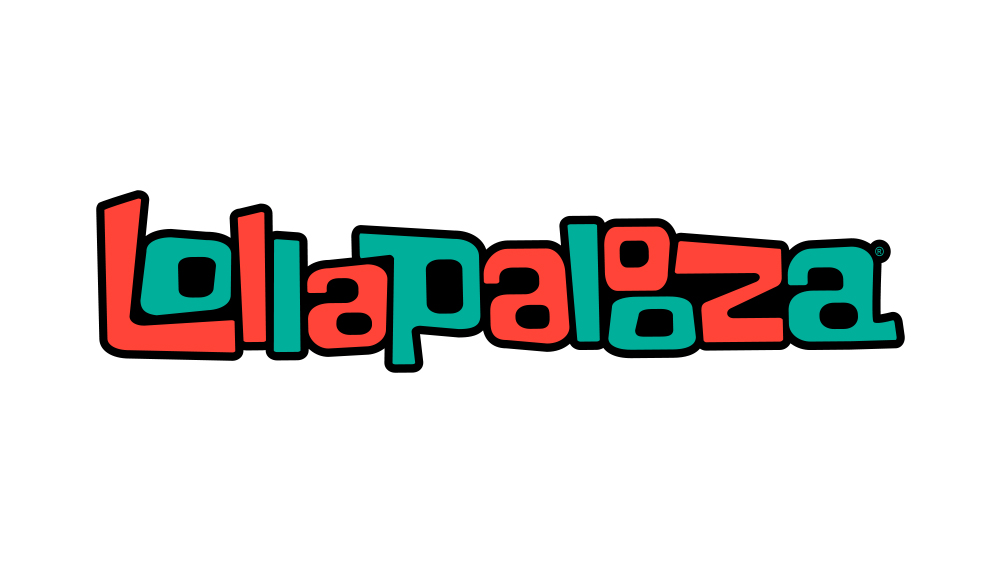Crowdsourcing has evolved as an innovative way to achieve a business goal — be it raising funds, marketing, or even finding an effective and brandable business or product name. The process essentially means gathering the required inputs from a crowd.
When it comes to crowdsourcing a name for your business or product, it starts with you — as the business owner or marketing head — going on a crowdsourcing website and sharing a detailed brief of your expectations. You would then begin receiving entries from a creative community, based on which you can make your final choice.
In this article we discuss the top four crowdsourcing websites for naming your business or product:
Squadhelp – ⭐⭐⭐⭐⭐
Started in 2016, Squadhelp is the world’s largest business naming platform and the numbers justify it. It has served well over 35,000 clients including the likes of Dell, Pepsi, Nestle, Alibaba and so on. Further, its creative community — aka the “crowd” — comprises 200,000 skilled individuals.
What has led to Squadhelp’s popularity among an expanding customer base is its seamless and efficient business naming contest process, which places user experience at the center. It assigns a branding consultant to work and interact with you every step of the way.
Further, it provides services for an end-to-end naming process that includes a trademark check, audience testing, and validation. Squadhelp also offers other branding services such as logo design and tagline creation. More importantly, it offers its own marketplace of domains for sale so you don’t have to struggle to find a matching domain for your business name.
In terms of pricing, Squadhelp is highly attractive with plans starting as low as $299. What’s unique is that the team can finish a crowdsourced naming campaign in 3-4 days. And, if you are looking for an even quicker turnaround, it offers an instant, ready-to-buy business name list.
In a nutshell, Squadhelp is a leader in crowdsourced naming that can also meet your other branding needs. When I read the 4.9/5 star reviews by its customers, I found that Squadhelp primarily stands out because of its speed of execution, breadth of ideas, a structured approach and agency-quality results.
Crowdspring – ⭐⭐⭐
Crowdspring is a primarily design crowdsourcing website that also offers the option for you to find a name for your business or product. Among its most popular categories are logo design, graphic design, web design, packaging design, and product design. Launched in 2008, it has a client base of over 60,000 users from various fields and backgrounds. Its designer community has more than 220,000 individuals from all over the world.
Crowdspring follows a straightforward 3-step process that involves Brief → Collaborate (with designers) → Wrap-up. This typically extends over 7 days.
The one drawback was that although they endorse a 100% money-back guarantee in design projects on their website, when reading multiple reviews online, we found that wasn’t necessarily true.
Prospective users can choose to work one-on-one with a creative for $200 while its other plans for crowdsourcing start from $299 all the way to $1249.
Ink and Key – ⭐⭐⭐
Ink and Key is a small naming platform started in 2016 by Lynn, a former educator. Its primary categories are: Branding, which includes name and logo; Design & Development to create a website; and Messaging and Marketing to create effective brand messaging.
As Ink and Key’s founder explains, it’s not technically a crowdsourced naming platform but rather a “mini-crowdsourcing” team that helps you with your naming project. Hence, they do not use a large creative community for crowdsourcing names or creative designs. While at Ink and Key, you will have access to a boutique agency set-up, its pricing may prove to be a deterrent to small and young businesses.
The plans start at the basic level, which includes naming and is priced at $699. The most premium plan, known as The White Glove, includes Name, Consultant, and Brand Identity, and is priced at $4,999. On average, a naming project takes two weeks to complete.
Naming Force – ⭐⭐
Naming Force is a straightforward and purely naming crowdsourcing platform for a business, product or website, who help you get a name through hosting crowdsourced naming contests. They also use thousands of creatives, who submit names based on the client’s brief.
Most contests receive well over 1,000 name suggestions. Over 500 “namers” or creatives compete in each naming contest.
Naming Force has a 3-Phase process for naming in which Phase 1 takes 7 days, Phase 2 can be done in 3 days and Phase 3 gets completed in 7 days. In Phase 2, they conduct a market survey on all the submitted names. Their prices start at $200. However, a disadvantage is that the platform does not offer any additional branding services. In its top two naming packages priced at $300 and $600 respectively, they do check the name for trademarks and domain names.
Final words
Naming a business is an interesting yet complex process. As a startup owner or brand marketer, you may have a bias for the name or think within your industry only. A crowdsourcing naming platform, on the other hand, can help expand your search for an impressive brand name by converging inputs from a variety of creative individuals. When evaluating your options for the best crowdsourcing websites, based on our research, you can look at Squadhelp, Crowdspring, Ink & Key, and Naming Force.
Happy naming!








